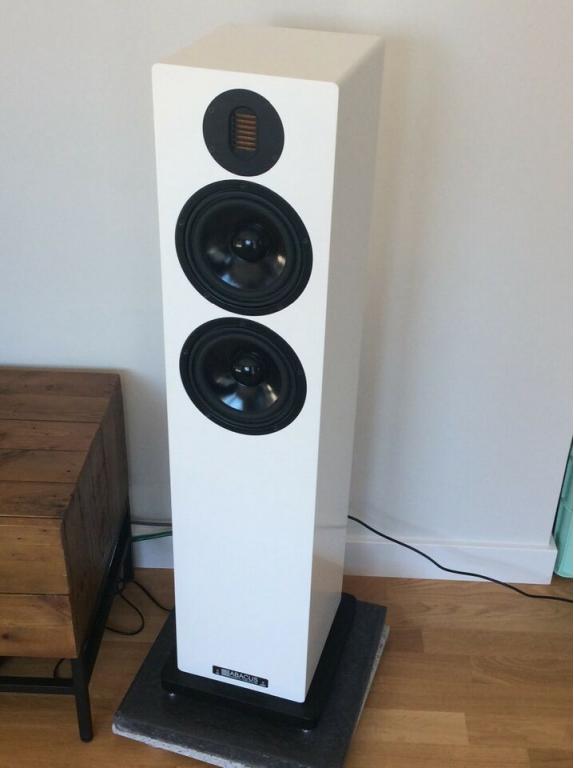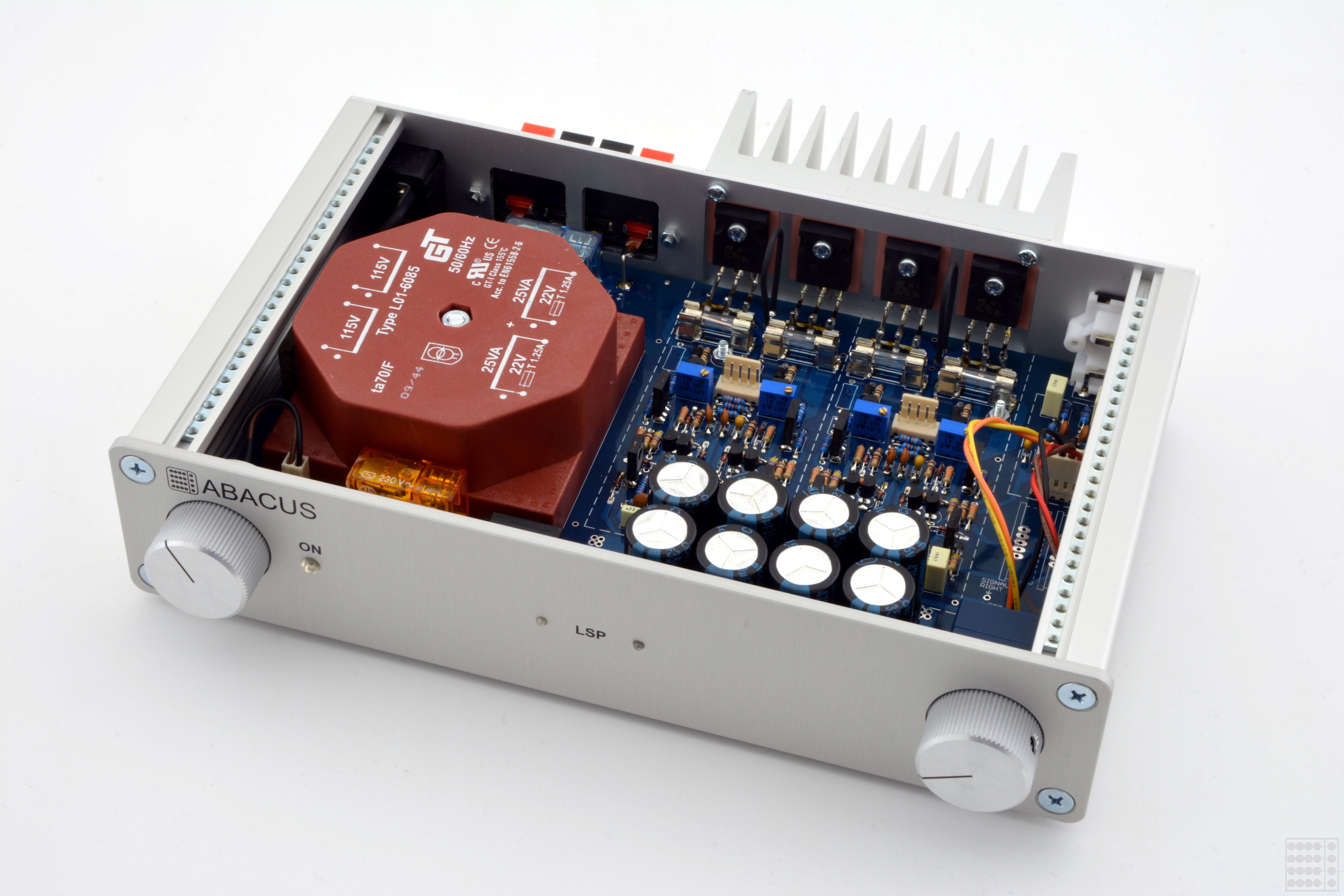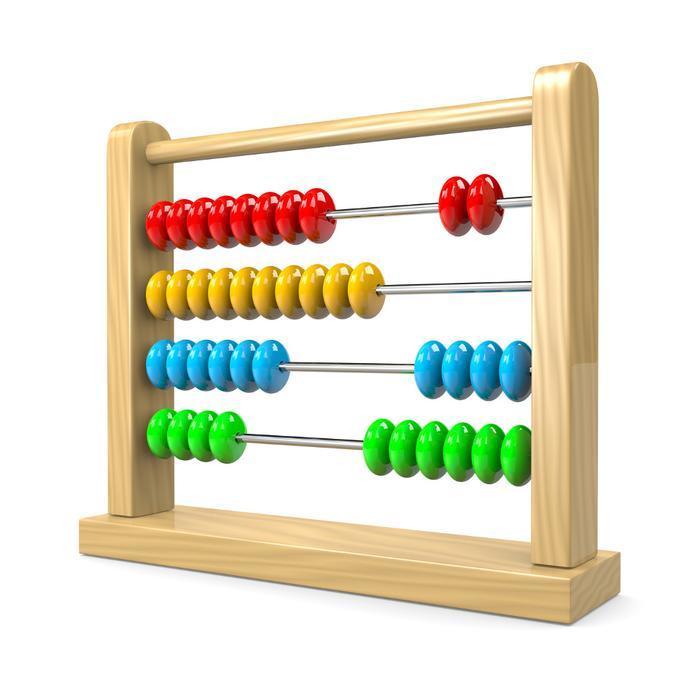

Only in multiplication alone did the machine triumph." "Civilization, on the threshold of the atomic age, tottered Monday afternoon as the 2,000-year-old abacus beat the electric calculating machine in adding, subtracting, dividing and a problem including all three with multiplication thrown in, according to UP.

The Nippon Times reported the contest as follows: "The machine age tool took a step backward yesterday at the Emie Pyle Theater as the abacus, centuries old, dealt defeat to the most up-to-date electric machine now being used by the United States Government.The abacus victory was decisive."

In reporting the contest, the Stars and Stripes remarked: The Japanese tradesman with his soroban would easily outstrip a rapid and accurate Western accountant even with his adding machine.Īn exciting contest between the Japanese abacus and the electric calculating machine was held in Tokyo on November 12, 1946, under the sponsorship of the U. However, his mistrust of the soroban is likely to be transformed into admiration when he gains some knowledge concerning it.įor the soroban, which can perform in a fraction of time, a difficult arithmetic calculation that the Westerner could do laboriously only by means of pencil and paper, possesses distinct advantages over mental and written arithmetic. But such is the force of habit that he does not try to recognize the simplicity of any problem instead, following the line of least resistance, he adjusts his soroban for manipulation, and begins clicking the beads, thus escaping any need of mental effort.ĭoubtlessly the Westerner, with his belief in the powers of mental arithmetic and the modern calculating machine, often mistrusts the efficiency of such a primitive looking instrument. If he tried, he could no doubt easily add 37 and 48 in his head. It is true that the Japanese tradesman often uses his board and beads even when the problem is simple enough to be done in one's head, but this is only because the use of the abacus has become a habit with him. When he buys a few trifling articles at some store, he soon notices that the tradesman does not perplex himself with mental arithmetic, but instead seizes his soroban, prepare it by a tilt and a rattling sweep of his hand, and after a deft manipulation of rapid clicks, reads off the price. The abacus, or soroban as it is called in Japan, is one of the first objects that strongly attracts the attention of the foreigner in Japan. As a conclusion, this enhanced ancient apparatus hopefully will contribute to the development of more lively and interesting teaching approach.Excerpted from the book, "The Japanese Abacus, Its Use and Theory", by Takashi Kojima From the simulation conducted in Quartus II, the implementation of the algorithm in FPGA utilise 4% from the total logical element allowed and consume approximately 143.4 mW of power. A computation of arithmetic operations with less than three operators is available in the arithmetic mode with the capability of displaying the negative numerical and infinite value. In the display mode, the abacus beads position at column one until column seven is displayed as numerical representation on the liquid crystal display (LCD) screen. This electronic abacus comes with two operational modes, display and arithmetic mode. The arithmetic algorithm developed for the electronic abacus is limited to the computational of whole numbers only, involving the basic arithmetic operation of additional, subtraction, multiplication and division. DE2 115 is chosen as the development module and very high-speed integrated circuit hardware description language (VHDL) as a main programming language. The electronic abacus is developed by integrating an abacus, abacus decoder module and field programming gate array (FPGA) based processor. The main focus of this technology is to assist the primary school students in validating a fundamental arithmetic operation. The development of electronic abacus using Altera DE2 115, is to integrate the use of abacus along with electronic devices which offer better visualisation of the abacus operations. Faculty of Electrical and Electronic Engineering,Įlectronic abacus, FPGA, Altera DE2, VHDL, Arithmetic operation Abstract


 0 kommentar(er)
0 kommentar(er)
